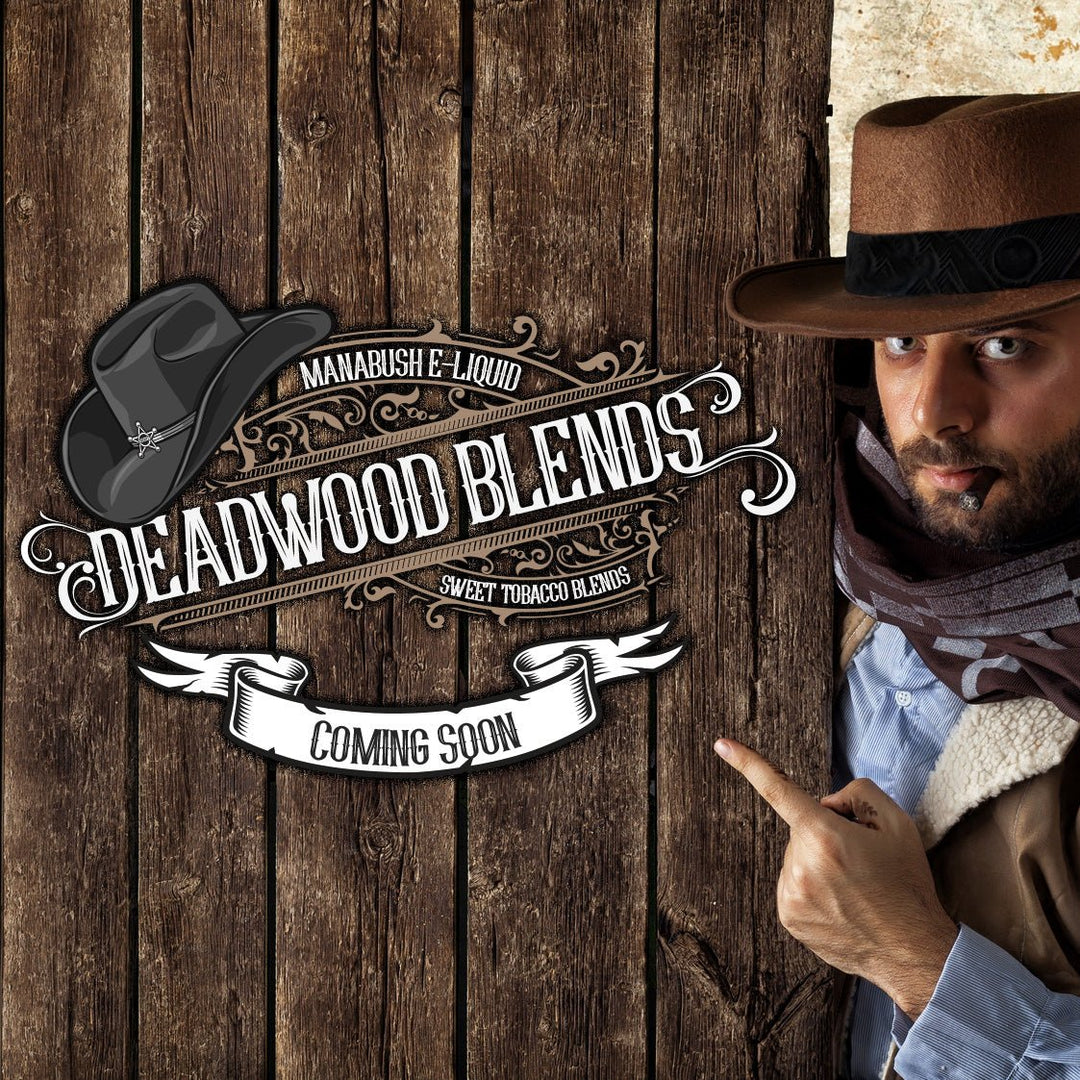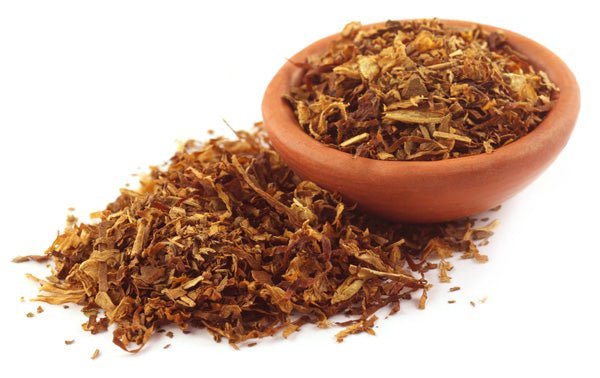What Is E-liquid?
What is e-liquid?
Whereas burning tobacco consists of thousands of toxic compounds, tar, and carbon monoxide, e-liquid is made up of just four components: vegetable glycerine (VG), propylene glycol (PG), pharmaceutical grade nicotine and quality flavourings. The solutions are placed into a tank, heated, and inhaled.
What is throat hit?
Throat hit is the sensation at the back of the mouth that replicates the sensation of smoking and is one of the reasons vaping is so successful at helping smokers ditch their tobacco habit. Most of the throat hit is created by PG liquid and the nicotine.
What is VG?
VG is a sweet tasting, clear liquid that is quite viscous (thick and sticky). It is used for many applications from cough medicine to ready-made diet meals. VG produces more cloud than PG and is used in higher concentrations in direct-to-lung, subohm juices.
What is PG?
PG is a thinner liquid without any noticeable taste or smell. It is much better as a carrier for the flavourings and is used in higher concentrations in mouth-to-lung juices. Some people can find they are slightly allergic to PG and will be recommended they switch to heavier VG e-liquids.
What is nicotine?
Nicotine is a chemical compound traditionally extracted from tobacco leaves in chemical laboratories. Scientists have recently begun processing synthetic nicotine that has never seen a leaf. Manabush uses the highest quality pharmaceutical grade nicotine in its e-liquids.
Is nicotine dangerous?
The Royal Society for Public Health has said that nicotine is “no more harmful to health than caffeine”.
Public Health England’s Kevin Fenton said: “E-cigarettes, despite appearances, are not cigarettes and do not produce smoke. It is the smoke, not the nicotine, that causes the vast bulk of the harm.”
Is vaping e-liquid harmful?
A research team led by Imperial College London’s Professor Nutt looked at and compared the relative harm from nicotine products. They found that electronic cigarettes pose less than 5% of the harm of tobacco cigarettes
What flavour e-liquid is best?
Some people like watching QI while others enjoy Coronation Street – different folks prefer different things and the same applies to tastes. When starting out with vaping the best advice is always to go for a flavour you think you will enjoy and then try some others. Most vapers end up with a wide selection of juices they enjoy vaping and a few they absolutely love.
What strength e-liquid should I buy?
Which style of vaping do you think you will be doing? Mouth-to-lung vapers tend to use high nicotine strength e-liquids with a 50/50 PG/VG mix to a 30/70 PG/VG mix. Direct-to-lung vapers use 30/70 juices to 100%VG e-liquids with 3-6mg/ml nicotine concentrations.
Many heavy smokers switching to vaping tend to find success by opting for higher nicotine concentrations. A recent study supports the anecdotal evidence and found, “nicotine concentrations greater than 20 mg/mL may be associated with increased switching among adult smokers”.
What flavourings are used?
Commercially available flavourings come in two varieties: water-based and oil-based. E-liquids only ever use water-based flavour agents, and nobody should consider using an oil-based one ever. Manabush TPD e-liquid meets all legal requirements, is registered with the MHRA, and is diacetyl-free.
Do e-liquids cause “popcorn lung”?
No. Workers in an American popcorn factory contracted an ailment termed “popcorn lung” when they breathed in a chemical compound called Diacetyl.
Diacetyl gives food products a buttery or creamy texture and used to be used in custard type vapes. The industry voluntarily stopped using flavourings containing diacetyl and then the government banned it.
Even when juice contained diacetyl it was found in levels substantially lower than that found in cigarette smoke – but not one single smoker has ever been diagnosed with “popcorn lung”.
Do e-liquids cause lung disease?
There has been no proven link between vaping and lung disease. This isn’t to say that there isn’t the potential for some harm following long-term use, but in over ten years there have been no incidents in the UK.
Was EVALI caused by vaping?
No. EVALI was a lung disease outbreak in the United States. Many still claim that it is linked to vaping – but the truth is that people were hospitalised because they were using black market, illegal cannabis liquids that contained vitamin E acetate.
Vitamin E acetate is an oil-based liquid that doesn’t mix with water-based e-liquids so it is impossible to use it with e-liquid. Oil-based solutions should never be inhaled into the lungs.
What legislation governs e-liquid in the UK?
The UK’s legislation is currently based on the European Union’s Tobacco Products Directive which governs everything from the size of an e-liquid bottle to the warnings that have to be included on the packaging.
Following Brexit, the government is now conducting a review of the Tobacco and Related Products Regulations (TRPR) and new proposals are soon to be announced (summer, 2021). Many are hoping to see the industry allowed to sell e-liquid in larger bottles and use higher concentrations of nicotine to aid smokers in quitting tobacco.
- Smoke-free generation: tobacco control plan for England
- Tobacco control plan: delivery plan 2017 to 2022
- E-cigarettes: an evidence update
- E-cigarettes: regulations for consumer products
- Tobacco products and e-cigarette cross-border sales: registration
- UK law on the advertising of e-cigarettes
What evidence do we have to support the use of e-liquids?





Leave a comment